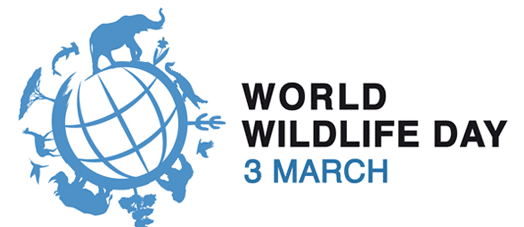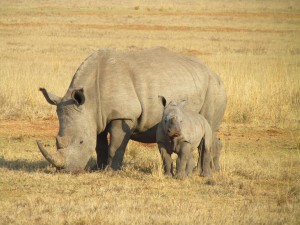Today, March 3rd, is World Wildlife Day. This day represents a global effort to conserve wildlife and to use it in a sustainable way. The hope is to draw awareness to the intrinsic value of wildlife and its contributions to human beings and the world we all live in.
“While the threats to wildlife are great, we can reduce them through our collective efforts. On this inaugural World Wildlife Day, I urge all sectors of society to end illegal wildlife trafficking and commit to trading and using wild plants and animals sustainably and equitably”
Secretary-General Ban Ki-moon
Since 1973, the Convention on International Trade in Endangered Species of Wild Fauna and Flora (CITES) has been attempting to regulate the movement of wild animals and plants across borders in order to protect them from being exploited. There are over 35,000 species listed with CITES which protects these listed creatures using trade measures, species management plans, and enforcement. About 1,000 species of animals and plants are currently so threatened with extinction that any trade is prohibited. Tigers, pandas and gorillas are protected from any trade due to their declining numbers.
Wildlife (flora and fauna) are protected throughout the supply chain, from the environment they live in, to their use in consumer goods. The average person is directly affected by the CITES convention because it regulates which products are available to us, including pets, souvenirs, make-up and so on.
Did you know that the most lucrative wildlife products sold illegally are tiger parts, elephant ivory, rhino horns and exotic birds and reptiles?
World Wildlife Day and CITES aims to create a sustainable and traceable trade system when it comes to wildlife worldwide. The Convention, using science, legislation and enforcement, hopes to boost economies through the responsible use of species so that they can continue to regenerate and reproduce for future generations.
So, this World Wildlife Day and every day, do your part to protect endangered species and try to live more sustainably.

WWF Global. Wildlife Crime Scorecard.
Sources:
CITES. World Wildlife Day 3 March. Geneva: CITES, 2015. World Wildlife Day. CITES Secretariatq. Web. 2 Mar. 2015. .
“Wildlife Crime Scorecard.” WWF – Wildlife Crime Scorecard. N.p., n.d. Web. 02 Mar. 2015. .








